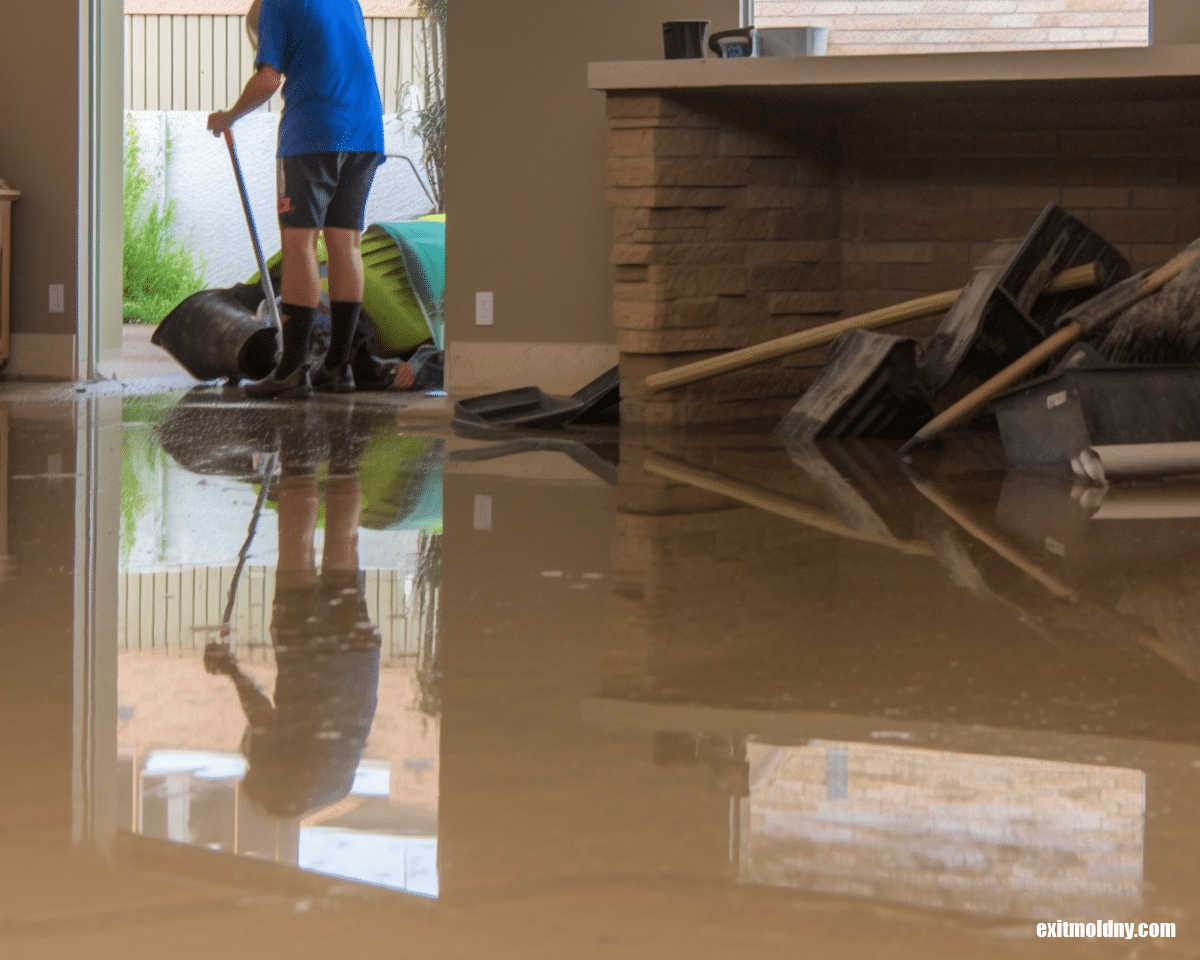NYC Lead Removal Contractors-- Get Safe and Reliable Providers
Comprehensive Overview on Effective Lead Infraction Elimination Techniques
In the world of environmental safety, resolving lead infractions demands a meticulous and organized method. This comprehensive overview begins by highlighting the critical preliminary steps of recognizing lead dangers through innovative assessment and screening techniques. The overview clarifies on the importance of sticking to stringent safety and security protocols throughout the removal procedure, including the usage of proper PPE and separating affected locations.
Identifying Lead Dangers
Identifying lead risks is a crucial initial step in minimizing the risks connected with lead exposure. Lead, a hazardous steel, can be existing in numerous ecological tools, including paint, soil, water, and dust.
The initial phase in identifying lead risks includes comprehending typical lead resources within the developed setting. Frameworks developed prior to 1978 are especially prone as a result of the widespread usage of lead-based paint throughout that duration. Furthermore, dirt contamination can happen from degrading outside paint, industrial discharges, or historical use leaded gasoline.
Another substantial resource is lead piping and pipes fixtures, which can leach lead into alcohol consumption water. Durable goods such as playthings, ceramics, and imported products might additionally consist of dangerous lead degrees. Significantly, work environments and hobbies entailing lead can track impurities into homes.
Analysis and Screening
When attending to lead hazards, reliable assessment and screening are critical. First evaluation typically entails a visual assessment to identify prospective lead resources, such as weakening paint or infected dust.

Dirt clean tasting is another crucial method, particularly in residential settings. By collecting examples from floors, windowsills, and other surface areas, this method provides understandings right into possible exposure dangers. Dirt testing around building perimeters is important to discover lead contamination that might present threats, specifically to youngsters.
Safe Elimination Treatments
Upon finishing thorough assessment and screening, implementing secure elimination treatments is the following important stage in attending to lead dangers. This procedure makes sure that lead-contaminated materials are efficiently and safely eradicated, minimizing this link threat to both employees and citizens. The very first action includes isolating the affected location making use of plastic sheet and proper sealing strategies to avoid the spread of lead dirt.
Workers must wear proper personal protective tools (PPE), consisting of respirators, gloves, and non reusable coveralls, to alleviate exposure. Using specialized tools and wet approaches, such as wet sanding or making use of HEPA-filtered vacuums, reduces the diffusion of lead particles. It is crucial to stay clear of dry fining sand or you could check here rough blasting, as these approaches can produce harmful lead dirt.
Waste disposal is an additional crucial component; all infected materials have to be securely landed and identified according to EPA and local guidelines. Additionally, detailed cleaning of the workplace with HEPA vacuum cleaners and wet cleaning guarantees the elimination of residual lead fragments.
Post-Removal Verification

Confirmation of successful lead removal, understood as post-removal verification, is critical to ensure the safety and habitability of the remediated area. This evaluation guarantees that all recognized sources of lead have been dealt with and that no visible indications of contamination stay.
Complying with the visual evaluation, environmental tasting is carried out. This includes gathering dust, soil, and sometimes water samples from the remediated location. Approved research laboratories assess these examples to determine lead levels, ensuring they drop listed below the security thresholds established by regulatory bodies such as the Epa (EPA)
In enhancement, air high quality testing may be performed to detect air-borne lead bits, particularly in cases where comprehensive lead-based paint removal or improvement has actually occurred. The outcomes of these examinations offer measurable data validating that the lead levels are within acceptable restrictions.
Eventually, post-removal verification works as an essential checkpoint, verifying the effectiveness of the lead reduction efforts and safeguarding the wellness of passengers and visitors.
Safety Nets and Upkeep

A vital safety net includes making use of lead-safe accredited contractors for any type of renovation, repair service, or painting tasks. These specialists are learnt techniques that lessen lead dust check out this site and particles. Additionally, preserving painted surface areas to avoid breaking or peeling off is vital, as deteriorating paint can release lead fragments into the atmosphere.
Educational campaigns targeting residential property owners and renters pertaining to the dangers of lead and the value of reporting any potential risks can additionally enhance preventive initiatives. Regular cleaning making use of HEPA vacuums and damp wiping strategies can considerably minimize lead dirt buildup.
Conclusion
In summary, effective lead offense elimination requires a precise approach encompassing thorough analysis, exact testing, and stringent removal treatments. Ongoing inspections and upkeep are important to minimize future lead dangers, thereby guarding public health and making sure sustained conformity with regulatory demands.